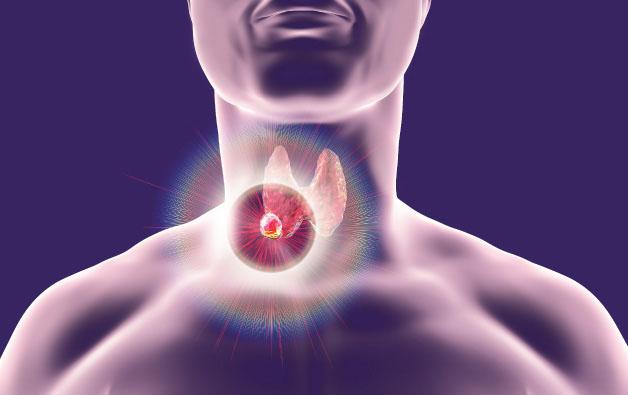What is Hemithyroidectomy?

Symptoms Indicating Need for Hemithyroidectomy
Your doctor may recommend hemithyroidectomy if you experience:
A thyroid nodule that is suspicious for cancer
Benign nodules causing compression symptoms (difficulty swallowing, breathing issues)
Unilateral (one-sided) thyroid enlargement
Overactive nodule (toxic nodule) causing hyperthyroidism
Cysts or nodules that continue to grow despite aspiration or medical management
Common symptoms before surgery include:
Swelling in the neck
Visible lump in the thyroid region
Hoarseness or voice changes (if nodules press on nerves)
Difficulty swallowing or breathing
Procedure or Treatment
Hemithyroidectomy procedure includes:
Preoperative evaluation: Ultrasound, thyroid function tests, and FNAC (fine-needle aspiration cytology) if required.
Anaesthesia: Performed under general anaesthesia.
Incision: A small horizontal incision is made at the front of the neck.
Lobe removal: The affected thyroid lobe is carefully separated from surrounding tissues and removed.
Closure: The incision is closed with sutures or skin glue, leaving a minimal scar.
Postoperative care
- Hospital stay of 1-2 days
- Monitoring for voice changes or calcium level disturbances
- Regular follow-up to assess thyroid function
Prevention
While hemithyroidectomy itself is a treatment rather than preventable, you can maintain thyroid health by:
Consuming adequate iodine through diet
Regular check-ups if there is a family history of thyroid disorders
Early evaluation of neck lumps or swallowing difficulties
Avoiding exposure to unnecessary radiation, especially in childhood
Benefits of Hemithyroidectomy
Removes problematic nodules while preserving half of the thyroid gland
Reduces or eliminates symptoms caused by enlarged or toxic nodules
Often avoids lifelong thyroid hormone replacement therapy (compared to total thyroidectomy)
Lower risk of complications such as hypocalcemia
Effective treatment for certain small, low-risk thyroid cancers
Types of Hemithyroidectomy
Standard Hemithyroidectomy: Removal of one thyroid lobe along with the isthmus (connecting part).
Isthmusectomy: Only the isthmus is removed (if disease is confined here).
Extended Hemithyroidectomy: Removal of one lobe, isthmus, and part of the contralateral lobe (rarely required).
